TerraMaster TD2 Thunderbolt 3 review: Super-fast and scalable Thunderbolt 3 external storage
Expand your capacity storage with TerraMaster's reliable and speedy Thunderbolt 3 enclosure.
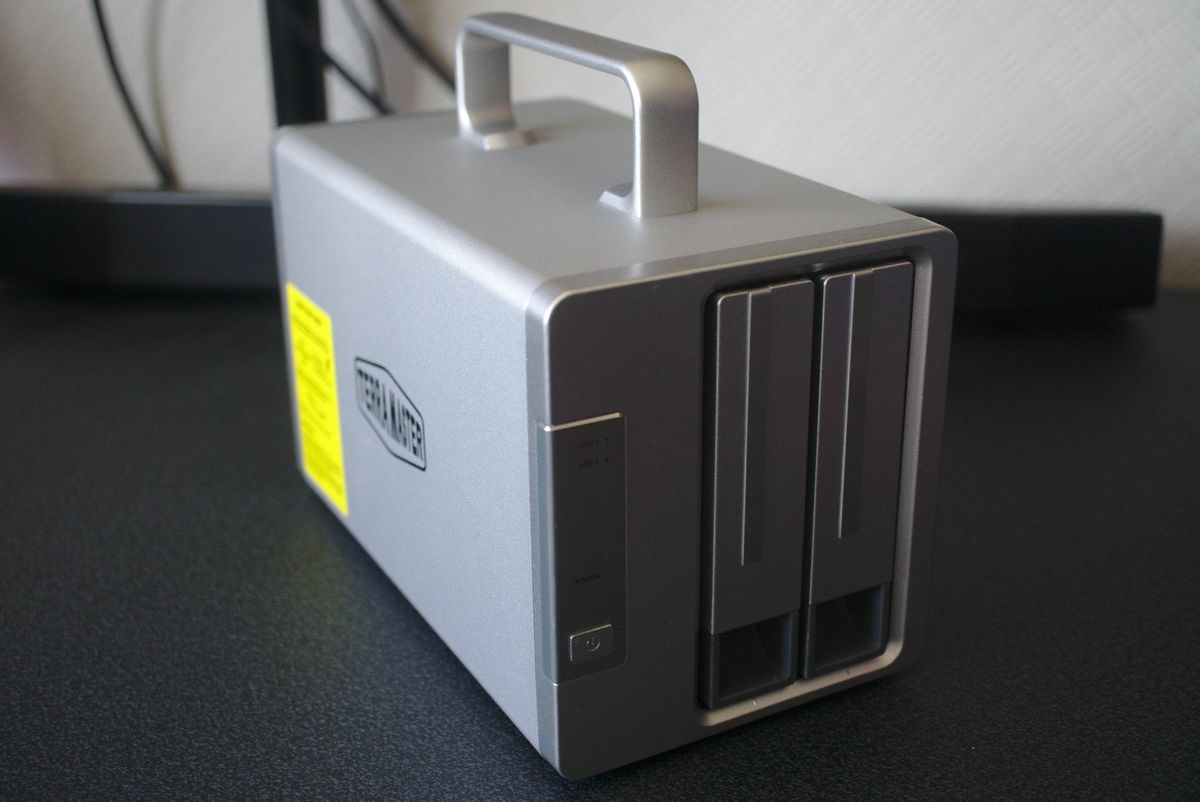

The TD2 Thunderbolt 3 is a simple device from TerraMaster. This drive enclosure with Thunderbolt interface allows you to expand the capacity of your PC by up to 24TB with but one port and two hard drives. The best part about these units is the ability to daisy chain them on Thunderbolt, going all the way up to 168TB — perfect for those who store huge files like videos and RAW photography.
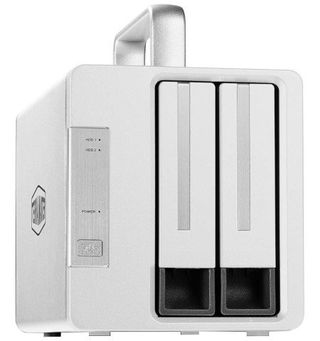
Costs $250Bottom line: Ideal for those who are running low on PC disk space and need some additional storage capacity.
For
- Good performance
- Great value
- Thunderbolt interface
- Built-in handle
- Can be daisy-chained
Against
- Handle not detachable
- No included user manual
You'll love how easy the TerraMaster TD2 is to use
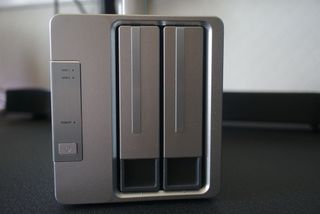
The TD2 Thunderbolt 3 may look like one of TerrMaster's NAS models, but it's actually a drive enclosure with a built-in RAID controller that allows you to throw in two hard drives and choose from running them in RAID0 (splits all files across both drives) or RAID1 (mirrors all your files on both drives for full redundancy). The design is pretty clean, with a fan on the rear, accompanied by two Thunderbolt ports, DisplayPort, DC power input, and the RAID selector.
On the front, we have two drive bays, a power button and status light LED indicators. Both sides are clear and the top of the D2-310 houses a handle that cannot be removed. I've tried tugging and pulling at this handle and it's fairly secure, allowing you to take this enclosure with you on trips.
Attractive design meets speedy transfer speeds and solid reliability.
Where this TD2 Thunderbolt 3 storage expansion unit shines is the ability to install up to two 12TB drives to bump the available local storage capacity by 24TB, depending on the RAID configuration you choose. Because TerraMaster uses the Thunderbolt interface, the read and write speeds are fairly high, even when using slower mechanical drives.
The unit itself can be powered by Thunderbolt alone, but the DC input is there if you need additional power for charging laptops and other accessories. Ideally, you'll want to install solid-state hybrid drives (SSHD) in such a unit, taking advantage of slower but better pricing for larger capacities. I managed to score around 375MB/s when testing out transfers to and from the unit, using a Seagate SSHD.


What you may dislike this about the TerraMaster TD2
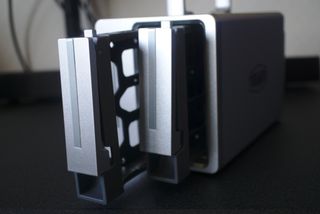
The handle on top of the TD2 Thunderbolt 3 does not detach, nor does it fold down into the unit. This is a shame since it's a neat design feature, but could have been vastly improved with a simple lock mechanism and hinge that lets you hide away when in use or storing in luggage. Not a deal breaker, but something I'd like to see in a future revision.
Another slight niggle with the TD2 Thunderbolt 3 includes the lack of a user manual with the drive enclosure. Instead, TerraMaster tasks you with visiting its website to access the universal support page that lets you choose your product to unlock access to relevant support material, including a user manual. That's great for supplying up-to-date information, but having a copy included in the packaging would have been nice.
Get the Windows Central Newsletter
All the latest news, reviews, and guides for Windows and Xbox diehards.
Should you buy the TerraMaster TD2?
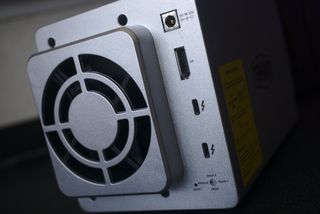
You should consider purchasing the TerraMaster TD2 Thunderbolt 3 if you're running low on storage space and don't fancy installing another drive into your laptop or desktop PC. It's also ideal for transporting to and from work, and can even be daisy-chained for a massive amount of storage to be configured. Of course, you'll need a Thunderbolt 3-equipped computer to use the TD2 Thunderbolt 3 at all.
There are but a few minor gripes with the drive enclosure. The handle could be improved to lock away when you don't need it and it would have been good for TerraMaster to include a user manual copy with the unit itself. Overall, for the price, this is an excellent choice.

Great for expanding PC storage capacity
TerraMaster makes some rather good NAS solutions, but the company's similarly designed drive enclosures are excellent options for upgrading your PC with some additional storage capacity. The fact you can daisy chain these units make them even more appealing.

Rich Edmonds was formerly a Senior Editor of PC hardware at Windows Central, covering everything related to PC components and NAS. He's been involved in technology for more than a decade and knows a thing or two about the magic inside a PC chassis. You can follow him on Twitter at @RichEdmonds.